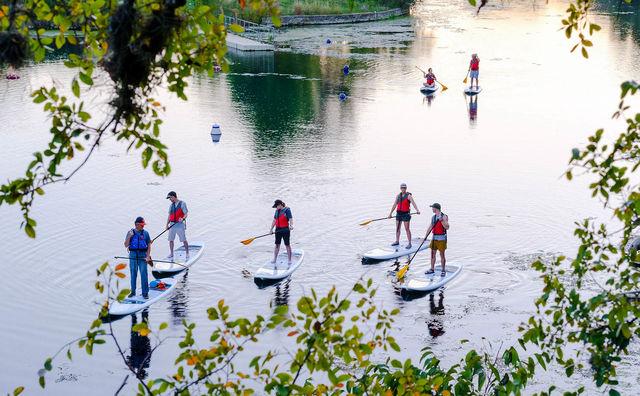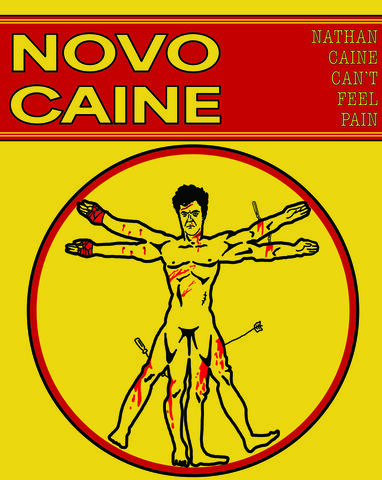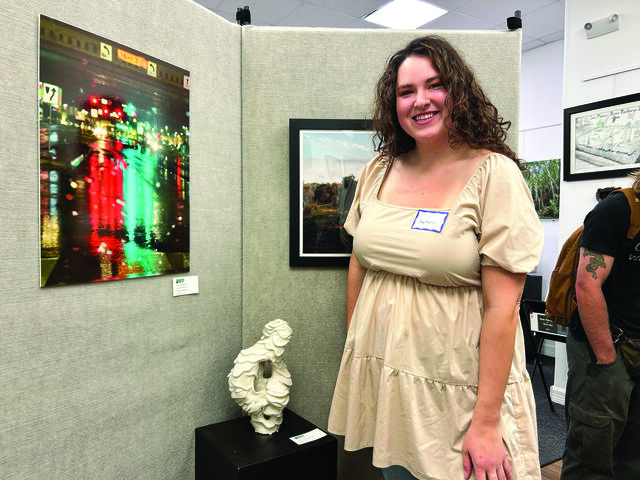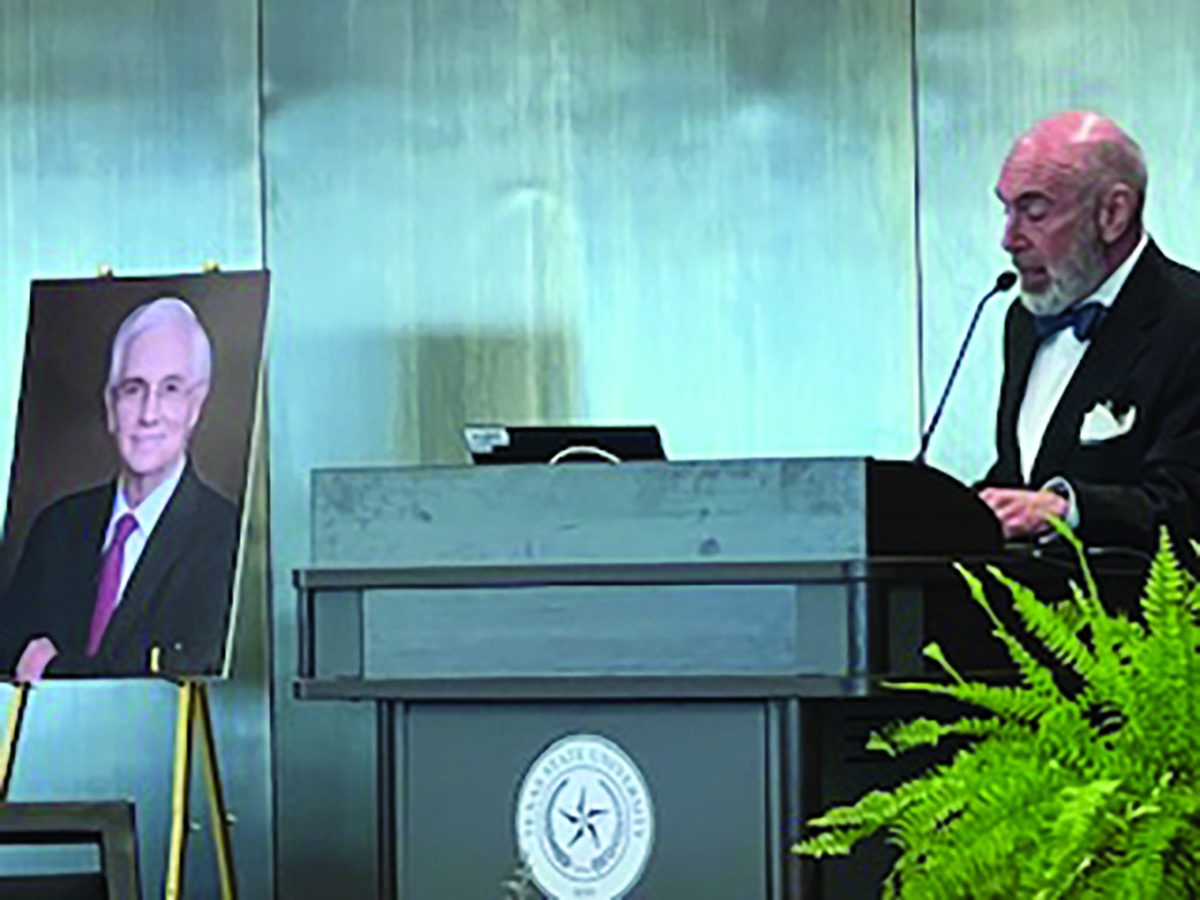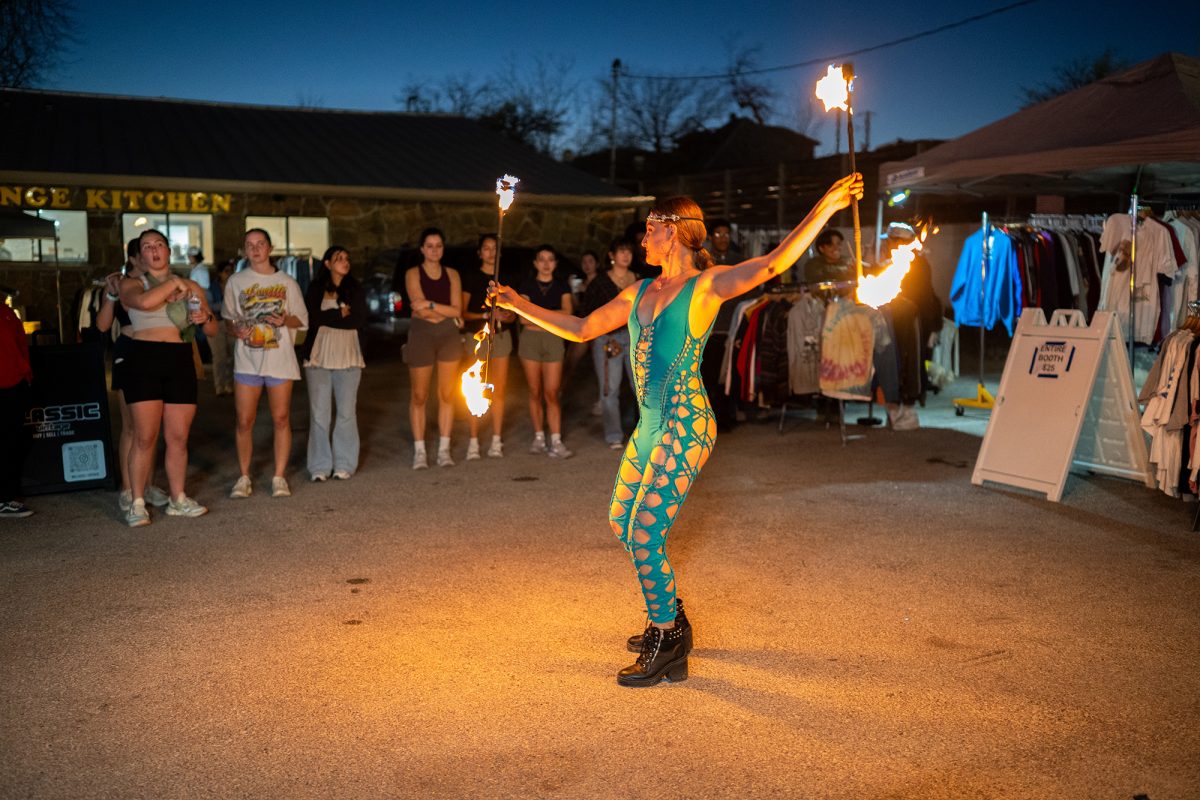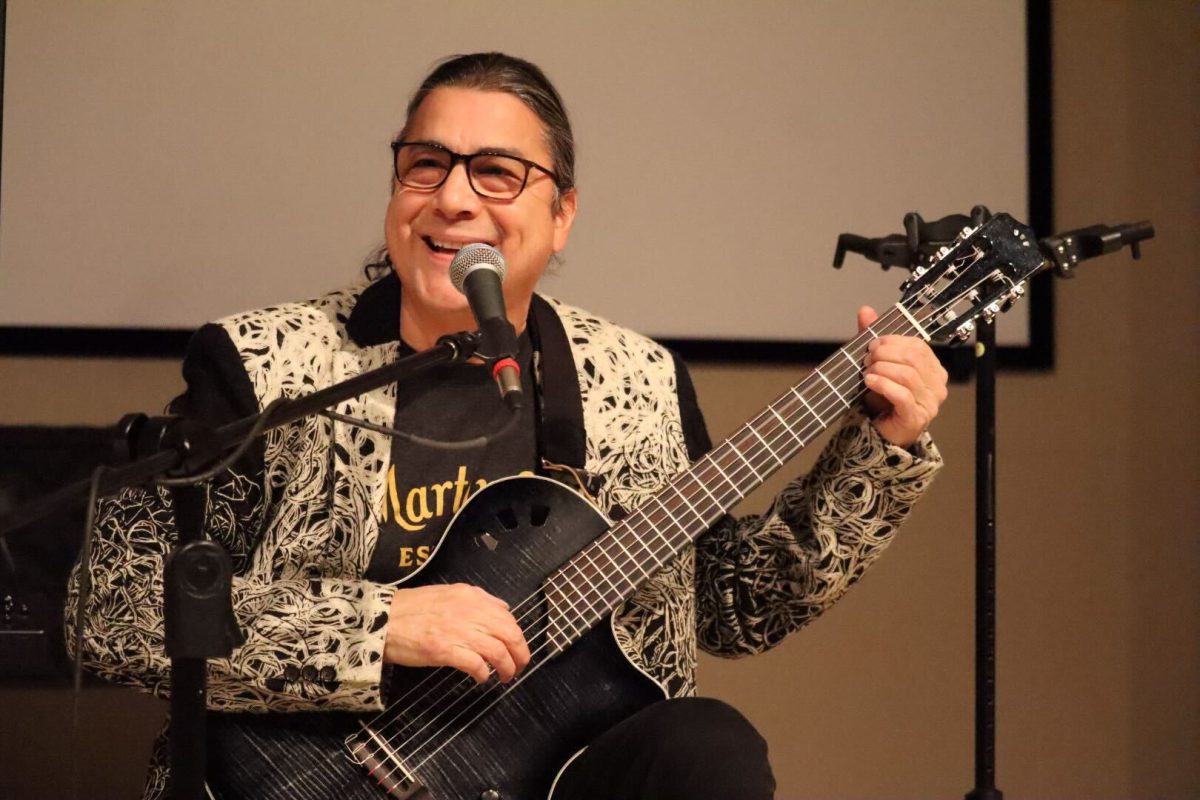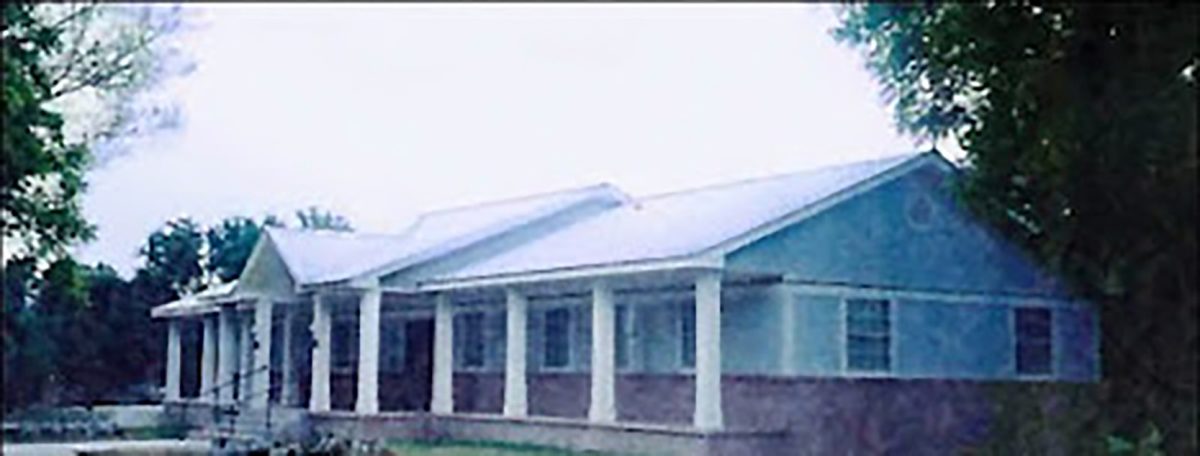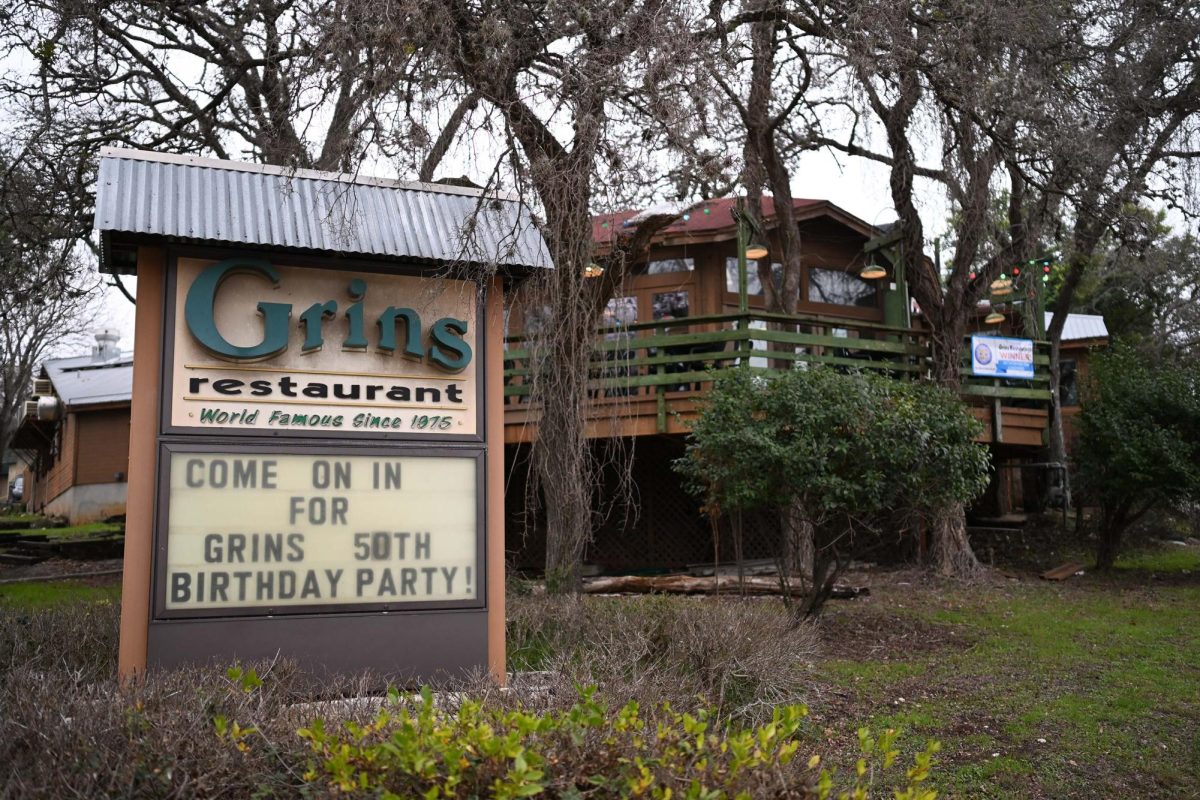The San Marcos River is a defining characteristic of San Marcos’ community, providing opportunities for locals and visitors to enjoy water-related activities. Less known is Spring Lake, the water source feeding the river and only accessible for pre-approved activities.
According to Rob Dussler, the Chief Education Officer and Director of Spring Lake Education, Spring Lake was created in 1849 when General Edward Burlson, the third vice president of the Republic of Texas, dammed up the river. In the late 1980s, Jerome Supple, former president of Texas State, acquired the land from the failed Aquarena Springs theme park.
“[Texas State] bought the property to save it from going into development and then pretty quickly figured out there were endangered species in the lake,” Dussler said. “Then, it fell under federal protections, and the university… got real serious about conservation and education.”
According to Dussler, Spring Lake Natural Area is one of the oldest inhabited sites in North America with uninterrupted evidence of human inhabitation. Spearheads from the Clovis people, who were among the first inhabitants of North America, were found in the area.
“[Spring Lake] is rich with cultural and natural history and significance,” Dussler said. “There’s seven federally endangered and listed species in the lake, so it’s… a natural preserve for a lot of natural history and endangered species.”
The Meadows Center offers numerous activities to enjoy and learn more about the Spring Lake Natural Area, including Spring Lake Eco Tours. The various tours are available for registration through August, lasting for about an hour.
According to Joshua Neves, an environmental sciences senior and environmental interpreter for the Meadows Center, the educational tours create a connection with the wildlife in San Marcos and allow people to experience the beauty of Spring Lake firsthand.
“Our snorkel tours [are] all about getting up close and personal with the wildlife all around us, while at the same time maintaining a mutual respect with them and staying out of their way during their day-to-day lives,” Neves said.
There are different modes of learning and interacting with Spring Lake offered by the Meadows Center. These include a guided stand-up paddleboarding tour, a guided kayak tour, a guided light-up kayak tour and a snorkeling tour. Each tour provides education about Spring Lake’s history and ecosystem.
“[For] the boat tour…we’re going to talk about Native Americans and how special the places [are] due to the cultural history,” Miranda Wait, deputy director of Spring Lake Education, said. “And [for] Edwards Aquifer, [we’re] talking about where the water comes from [and] where it is going.”
The snorkel tour allows participants to be immersed in Spring Lake’s ecosystem. According to Neves, some of the wildlife that may be seen on the tour include turtles, largemouth and smallmouth bass, spotted gar and, on rare occasions, one of five American eels residing in the lake. Those who are inexperienced with navigating a kayak, paddleboard or snorkeling will be taught how to do so by the Meadows Center’s environmental interpreters.
“There’s no prerequisite to any of our tours whatsoever,” Neves said. “We try to make sure it’s a risk-free environment. Anytime you’re on the water in Spring Lake, you’re wearing a life jacket.”
For more information, visit https://www.meadowscenter.txst.edu/.



